Blog
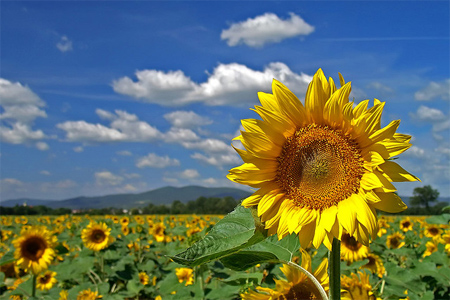
Everlasting Learning
Wed, 1st Feb 2017"Beauty is not the physical space but the wonder of the relations that will be made in those spaces."
Loris Malaguzzi
With the new year upon us, I take the time to reflect on how effectively we as educators have communicated with our families over the past year. Did we develop meaningful learning partnerships? On reflection, I think we did fairly well (always room for improvement of course)! What inspires me about the schools in Reggio Emilia is the connectivity they have to the families and the communities they serve. Something I have been striving for over the last few years is a stronger link between home and kindergarten. I'm sure many of you have many wonderful ideas in how you do this in your own kindergartens but I'd like to share with you an ongoing project that I have been implementing for a few years now that enhances these partnerships and it continues to develop year after year. It never really ends and it's something we revisit throughout the entire year with each new group.
The sunflower project...an inquiry based approach..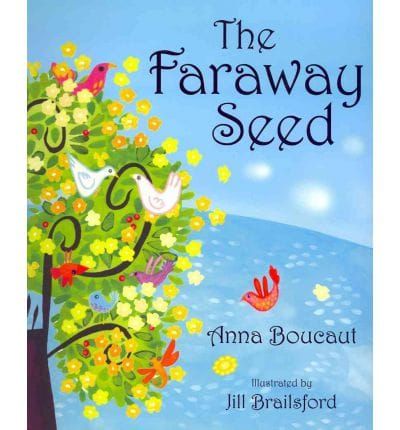
At the play day (transition session) in the year before the new kindergarten year begins, we offer a small packet of sunflower seeds to each child with the invitation to the child/family to plant them at their home over the summer school holidays. I attach a little note with each packet asking the children/family to take photos of their planting activities and to please share them with us at kindergarten either through email or to bring the photos to kindergarten.
I also read a story; 'The Faraway Seed' by Anna Boucaut, Illustrated by Jill Brailsford to the children and their parents before they go home to promote their interest in seeds and growing things, (not specifically sunflowers, but any seeds & it has a beautiful underlying message about individuality. (below is a description of the book)...
'A forest stood tall and proud, all its trees the same. One day a bird dropped a new seed in the forest and a different tree grew. Will the forest accept the new tree? With the theme being multiculturalism, acceptance and celebration of difference, this is the story of a little seed's journey to acceptance against all obstacles laid out by the forest, eventually making the forest not so 'perfect' but very, very beautiful with its diversity and loveliness'
I've been so happy at the response I get from families with this project. It shows me how families really have an invested interest their own child's learning at home and at kindergarten and how I can tap into the the rich knowledge, skills and experiences each family possess. As we know, when parents have an interest in their child's learning at kindergarten and school by being in actively involved, it leads to success in their future learning journey for life.
Here's two photo collages below that one family sent to me via email last year. They created the collages themselves. What a great effort! Other families enthusiastically sent in single photos of their child with their sunflower during its various stages at home in their garden, usually with a short comment about what the child said or the situation in how it grew. I collect all this information for documentation purposes to put in their individual portfolios and include in weekly program reflections to share with the group.

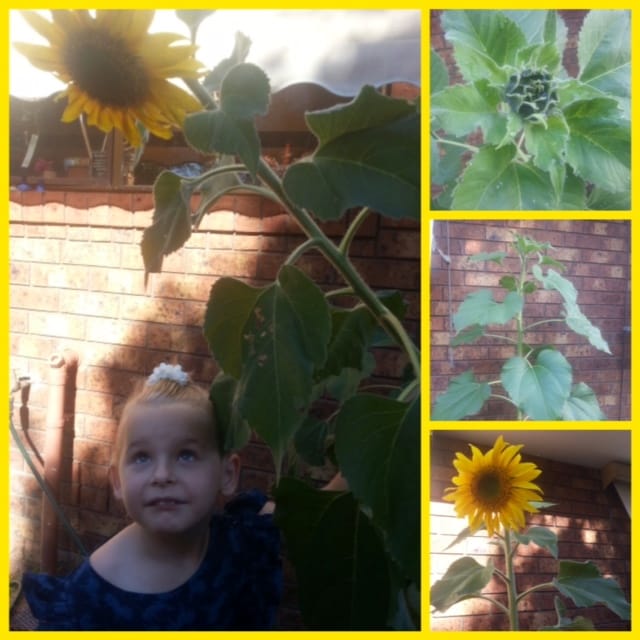
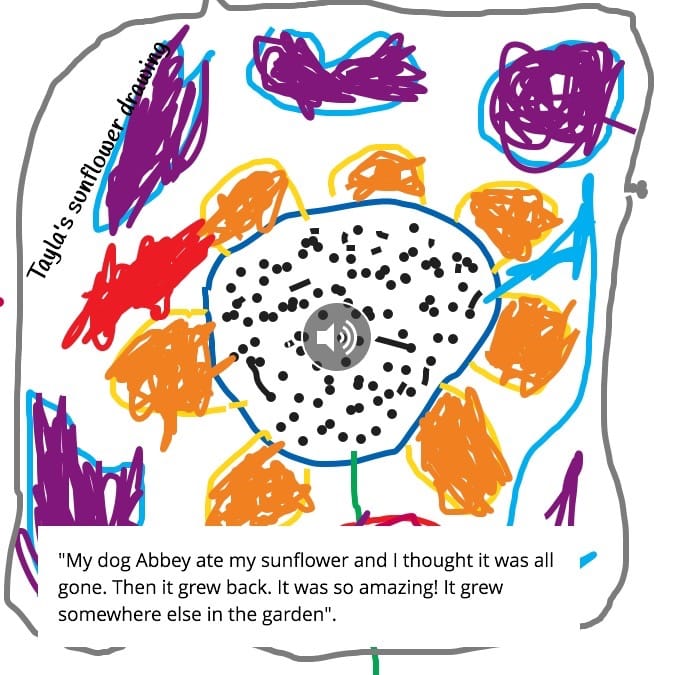
We are lucky to have an digital overhead projector with a big screen that we use almost daily for reflecting on the children's work during our discussion times. With the sunflower photos that were received by email to the preschool, we could project them on the screen for discussion. The children feel so important when their own photos/work are shared amongst their peers.
It's also a wonderful opportunity for children to build on their confidence in speaking in front of others whilst they express their thoughts and ideas and being dictators of their own learning.
Here's one example of a child's short story..
"My dog Abbey ate my sunflower and I thought it was gone! Then it grew back. It was so amazing! It grew somewhere else in the garden!"...Tayla.
What was so amazing was that her sunflower grew during winter! The parent seemed just as excited as her child in sharing this with us. These sorts of connections create a warm feeling in our hearts that has meaning to our group alone. It also meant we could re visit the project again months after many others had grown theirs & we could continue the project with renewed interest.
We love these reflection times as it enables us to learn more about each other, building on trusting positive relationships within the group.
Myself and my colleague plant sunflowers at our homes too over the summer break and also share our photos and thoughts with the children so they can learn more about us as their teachers. It also enhances the purpose of collaborative learning where the adults are just as curious and interested alongside the children.
Of course not all families are the gardening type which I totally respect. If they don't want to plant their sunflower seeds, that's totally fine. It's simply an invitation only. My intention is to 'set the tone' for collaborative learning partnerships with the families right from the beginnning of the year. Once children are involved in hearing about and seeing their peers share their stories on the big screen at kindergarten and through bringing in interesting found or made items, I found that they genuinely want to share what is important to them with us as a group.
A parent sent me a photo of her child's efforts in writing her own name with shells on the beach during their walk before kinder one day.
She wrote..."Rose was excited about sharing this with you and asked me to send this to kinder today"...
This simple collaboration/communication highlighted the importance of welcoming all variances of learning at home to share with each other at kinder and we make every effort to allow time in the program for the child/parent to share their stories so they feel valued. These little incidental learnings are the big things that matter and bring unique qualities to each new group each year. This helps to create our own context.
The wonders of technology is a really useful tool for connecting with families and enhance collaborative learning.
Most parents can access all the digital communications/reflections that we send and visa versa via their mobile phones or ipads at their convenience. If they cannot access technology, we make efforts to communicate the learning in other ways. We need to be resourceful and source other ways. Each situation has its differences for reasons that are significant to that family. It's important to find these out through regular respectful conversations so that each family is heard and feels connected.
Extending inquiry...
"Today I tasted sunshine seeds...I mean sunflower seeds. If I ate sunshine, all the light would shine out of me"...Hannah

When I began this project, I wasn't exactly sure in what ways I would extend it but it evolved beautifully itself with the children and families giving me the direction and inspiration as we explored more and more photos and stories of the home grown sunflowers/planting.
This inquiry based apporoach lends itself to many learning opportunities that can help gather learning goals and possibilities that encompass the Early Years Learning Framework and the VEYLDF. Without going into indepth detail of each related learning experience, we plan them thoughtfully so that it covers literacy (there are so many wonderful books on seeds and growing things out there). We also make our own books with children's photographs, drawings, stories & combine the book making process with technology either by creating digital books or hard copy books. Maths, Art (also fine art appreciation...Van Gogh's sunflowers are perfect for introducing at this moment), science & technology. We as teachers can gather information for individual assessment on the children's abilites to:
make observations and predictions
use a variety of non standard tools for measurement, calculations, comparisons & estimations in the growth (such as lego blocks, string, natural materials such as wood chips, small pinecones, etc.)
communicate their logical and imaginative thinking verbally and through drawing, painting, sculpting etc.,
learn about the needs of living things and how plants grow (we grow various things all through the year such as poppy seeds for remembrance day, sweetpeas, vegetables, strawberries, bulbs, making seeded handmade paper carrot tops, etc.).
appreciate & connect with the beauty of nature
participate & enjoy satisfaction in shared learning experiences
This sunflower project is an underlying layer of learning that weaves in and out all through the year as the program evolves. We as the educators create the intentional teaching aspects of the learning allowing for the natural and spontaneous opportunities to flourish.
'Traces of learning'...the learning never really ends

I was truly elated last year when one child (Phoenix) and him mum brought in their huge sunflower head once it had finished growing and before the cockatoos ate all the delicious seeds! This is a wonderful example of how listening to the families and creating opportunities for them to contribute to the learning program makes it a richer, more meaningful place for all involved. Allowing for flexibility in the program is important too so that this type of spontaneous learning can happen! Phoenix felt so proud to show his real sunflower to all his friends. As an educator, I was so humbled that this family took the time to think of the educational value and interest that this could provide. It was also evidence enough for me that the message of fostering learning partnerships between kindergarten and home was continually being established since we planted the seed (so to speak!) at the start of the year.
After allowing time for the children to touch it and engage in discussions, we created an interest area with the beautiful sunflower head on a tray for further investigations. We all agreed that it would be a great idea to harvest the seeds. We provided tweezers, magnifying glasses and a jar for the collection of harvested seeds. Up close, we could see the many many seeds sitting in their individual floret in perfect rotational symmetry. So many mathematical concepts just in the initial discoveries and observations.
Offering a digital microscope is welcomed for zooming in on the microscopic details. (We have two types of microscopes; one that connects to a laptop, purchased from Aldi a few years ago and is amazing! The other one clips on the iPad & sits over the camera, purchased from Kmart for $6!). This one is small and versatile as it can be brought outside to zoom in on bugs and all sorts of interesting findings!
We collected most of the seeds over a few days and put them to sleep for the winter. (Some were used immediately for grinding in mortar and pestles to make sunflower oil and fragrant garden potions)!..so much fun!
It would have been perfect to plant these harvested seeds again in the garden at kinder once spring arrived but it didn't eventuate due to the many other things happening in the program at the time. Sometimes our intentional plans don't always come into fruition but all was not lost.
There was an opportunity to offer Phoenix's sunflower seeds to the new children on the play day (transition session) last December. We set up a planting station and invited the children that were interested to plant Phoenix's seeds in a large terracotta pot.
I have since brought the pot home for the holidays to care for and will bring it along for their first day back so they can see the new growth that they planted themselves. I was so delighted to discover the new growth that has already sprouted. I took a photo and emailed it to Phoenix and his family (even though his kinder year has finished) to show him that his beautiful sunflower is continuing to grow and give joy to others.
And so the learning continues. I love that some of the children commencing in the new kinder year are siblings of kinder students from previous years and were involved in this similar growing inquiry project. We keep the related documentation such as the books we've made and put them on the book shelf for the begininning of the year to allow this new group to ponder over and feel connected. Collaborative art murals and installations from previous years remain in the environment too. I feel that by keeping these 'traces of learning' (as poetically described in the schools in Reggio Emilia), it brings a sense of familiar and belonging for the new children and families.
I'm eagerly anticipating the findings & contributions/collaborations from this years families...the everlasting learning.
Some useful books and resources that relate to this type of inquiry based project:
Picture and factual Books:
Step gently out By Helen Frost
Seed to Sunflower By Camilla De La Bedoyere
Sunflower House By Eve Bunting
Camille and the sunflowers By Laurance Anhol
The tiny Seed By Eric Carle
A Seed is Sleepy By Diana Hutts Aston
Tools for investigations & related resources
(from Growing Child)
Jumbo magnifiers
Jumbo test Tubes
tweezers
Pipettes
Metal watering cans
Felt fruit and vegetables range (they stock some great resources)
Felt Sunflower babies and leaves
Felt mats for small world play
Sun paper (Cyanotype/blueprinting)
Life cycle Puzzles -seed to flower & other related puzzles
Two Mortar and pestles (Kmart have good cheap ones)!
Packets of various types of sunflower seeds (Bunnings or Heronswood)
(I find that it's great to mix them up for added interest & curiosity)
Teddy bear variety
Sunflower Giant Russian Flower Seeds
Sunflower Royal Velvet Flower Seeds
Technology based resources for children's use:
light table
digital microscopes
iPad & laptop
Useful apps for digital story telling and Art:
Book Creator (fantastic with a voice recording option). Project can be easily saved, uploaded and sent to families
Explain Everything. (Wonderful for movie making and is so user friendly for children and adults. This is my favourite app for a way of making children's thinking visible in a creative way with technology!)
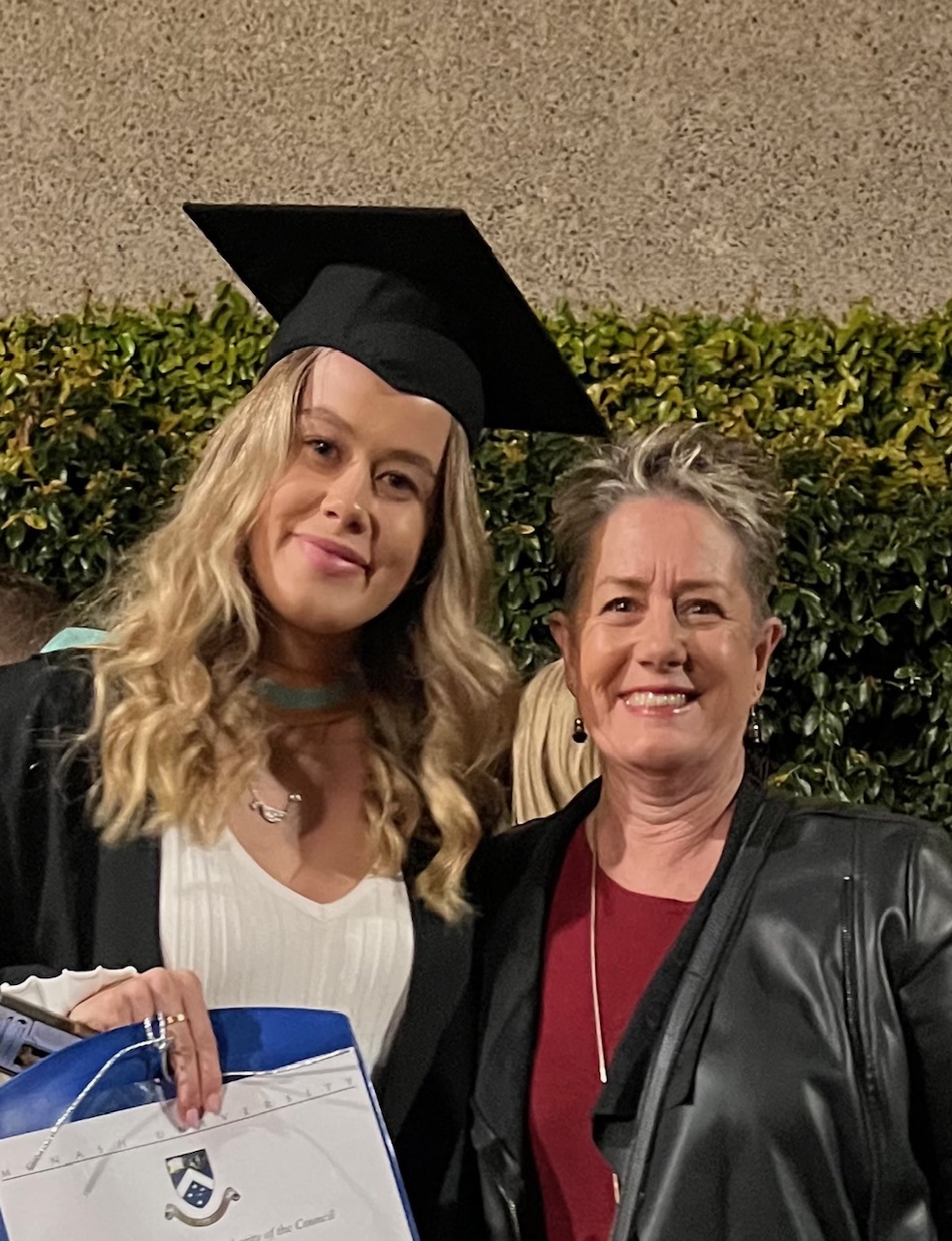 Where is Growing Child
Where is Growing Child